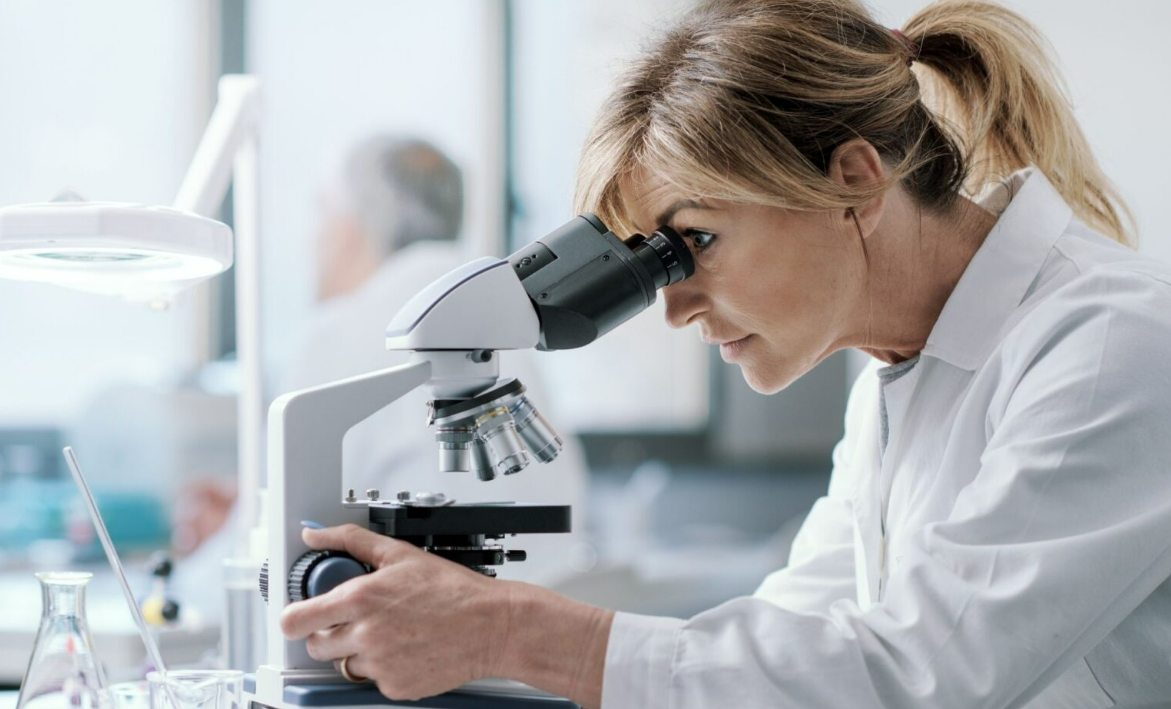Tiny Particles, Big Impact: How Oulu Scientists Play a Role in Shaping the Future of Health and Farming

At the University of Oulu, researchers are exploring some of the smallest but most powerful players in health and agriculture: tiny natural particles called extracellular vesicles. These microscopic messengers, found in foods and plants, are opening new doors for better nutrition, disease prevention, and sustainable farming.
Two major international projects, NutriEV and FarmEVs, are placing Oulu at the forefront of this field. Led in part by Professor Seppo Vainio, these initiatives bring together scientists from across Europe and beyond to discover how these vesicles could change the way we eat, heal, and grow food.
“NutriEV targets a new element in nature, which is a universal system,” says Professor Vainio. “It is kind of amazing how science reveals these new hidden secrets.”
From Food to Health: The Promise of NutriEV
The NutriEV project focuses on vesicles found in raw and fermented foods, studying their effects on gut health and metabolism. Unlike many nutrients that break down during digestion, these vesicles can survive the journey and deliver their molecular cargo directly to cells, potentially helping with issues like obesity, diabetes, and even mental health.
“In a way, we’re going back to the basics,” says Vainio. “Hippocrates said, ‘Let food be medicine’, and now we’re finding scientific ways to understand that idea.”
In NutriEV, the University of Oulu works alongside leading research institutions such as the National Research Council of Italy, the Technical University of Braunschweig (Germany), the University of Copenhagen (Denmark), and Zabala Innovation, a Spanish consultancy specializing in facilitating access to grant funding worldwide.
Smarter Farming with FarmEVs
FarmEVs looks at how vesicles produced by plants could help farmers grow stronger, healthier crops without synthetic chemicals. The research includes finding ways to use plant vesicles as natural fertilizers or disease-resistance boosters, supporting a shift toward more regenerative, environmentally friendly farming practices. The same types of vesicles might also one day be used to deliver plant-based treatments for inflammation or other health conditions in people.
FarmEVs is coordinated by the National Research Council of Italy and brings together a wide network of academic partners, including the University of Ljubljana (Slovenia), Kyung Hee University (South Korea), Damanhour University (Egypt), the University of Naples Federico II (Italy), and, of course, the University of Oulu. The project also counts on the collaboration of Cinvestav (Mexico), ImmunoVeg – a micro-enterprise operating in the Plant Biotechnology sector – and Lehtosarvi, a family farm located in southern Finland, specialized in organic, regenerative, and biodynamic farming.
Oulu’s Role and Opportunities for Local Companies
With its expertise in biology and strong collaboration networks, Oulu is a key hub in both projects. The region’s strong research infrastructure and cross-sectoral strengths in health and technology are a key advantage.
“Oulu is now very well positioned at the European level,” Vainio explains. “It has all the key technologies in place, and infrastructure, including the Biocenter and the University Hospital. In Oulu, we also have access to population and pre-clinical data. And we can also proceed to clinical data, in the University Hospital’s capacities. The Biocenter is very well-equipped. So, we have all the means to crack the code.”
Beyond academia, Oulu’s industry roots in ICT and digitalization are becoming a magnet for biotech development. “We have excellent systems, great access to the Hospital and clinical partners, and the Biochemistry Center is great,” Vainio says. “Also, Nokia, Polar, VTT, and Oura were great attractors to Oulu, as they are advancing biosensors.”
But Vainio also notes a need for better coordination and long-term investment: “We have a great business opening for companies that are present in the digitalization area. Oulu is in a good position globally, combining possibilities for supporting really good research, data analysis, and digitalization. So now, we need to access the clusters, to make a network and a connection.”
The work underway supports a broader “One Health” vision, linking human, animal, and environmental health. And as the lines between food, health, and medicine continue to blur, Oulu is proving that small biological systems can carry significant impacts across disciplines and across borders.
Text: Beatriz Rocha, Health & Life Science, BusinessOulu
Image: iStock.com/demaerre
